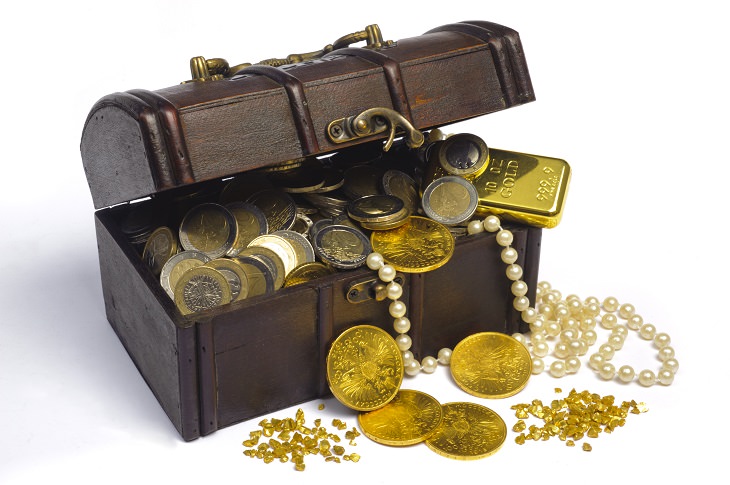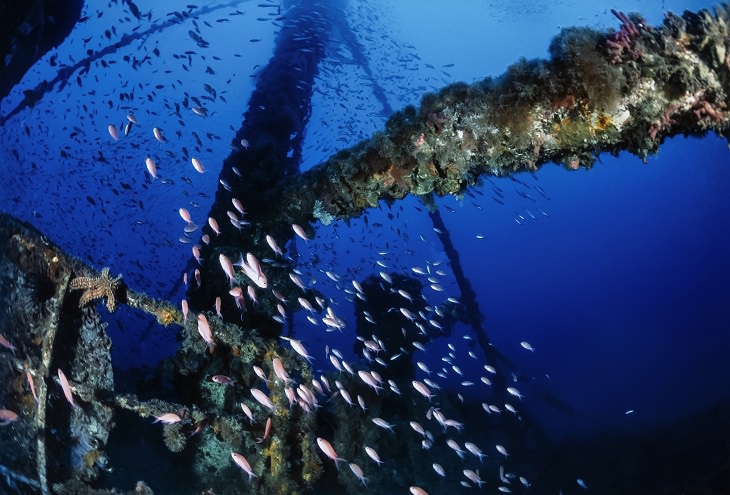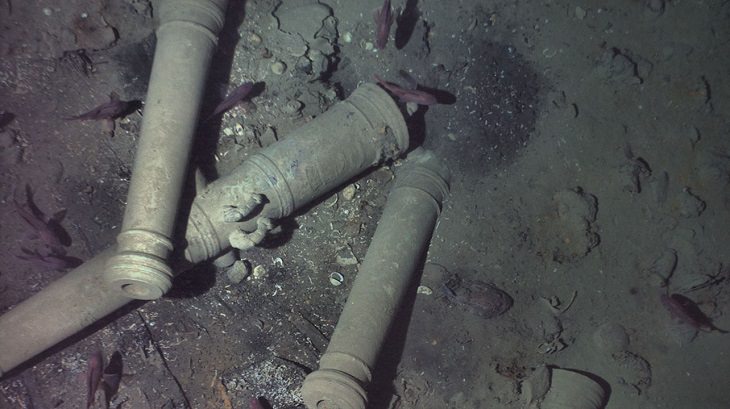
For centuries, sailors, squires, and treasure hunters have dreamed about finding the untold riches of silver, gold, and jewels that sank with the World’s most valuable shipwreck. But, when eyes were finally laid upon the “Holy Grail” of shipwrecks – the Spanish galleon San José, which capsized off the Colombian coast in 1708 – they were not human eyes.
This doomed vessel was discovered back in 2015, after more than three centuries lying at the bottom of the Caribbean Sea and, this week, for the first time, researchers have revealed how they made their famous find.

Marine scientists from the Woods Hole Oceanographic Institution (WHOI) in Massachusetts say that that ship – whose sunken riches are estimated to be worth around $17 billion – was discovered by an autonomous underwater vehicle called Remus 6000, during a survey off Colombia’s Barú Peninsula.
Rob Munier, WHOI’s vice president for marine facilities and operations, said that “we’ve been holding this under wraps out of respect for the Colombian government.” But, why the need for such secrecy? Usually, general explanations of the technology involved in the discovery of long-lost shipwrecks like this don’t take three years to come to the fore.
However, the San José is no ordinary case, due to the staggering level of riches that was estimated to have sunk with it. When the Spanish vessel sank in battle with a British squadron in 1708, it wasn’t just full of treasure: the 60-gun galleon was also armed with a large arsenal of gunpowder, which was detonated in the fray, killing almost everyone on board.
A couple of centuries later, in the 1980s, a consortium called “Sea Search Armada” (SSA) claimed to have found the wreck, but Colombia refused to grant them permission to salvage the San José, and they have, for decades, legally contested the company’s rights to any of the treasure, since it’s in Colombian waters.

However, Spain might also now want its share of the spoils since the San José was flying under the Spanish flag when it sank. Many contend that since much of the wealth aboard the ship resulted from the conquest of the Americas, it ought not leave Colombia, while others suggest that other nations might still be entitled to a share of the treasure, based on historical arguments that a lot of Spanish cargo in the late 17th century rightfully belonged to England, France, or Holland.
With these potential disputes in mind, the United Nations asked Colombia not to commercially exploit the discovered wreck and the cultural heritage it represents. So far, the Colombian government has kept the exact location a secret – not clarifying whether it’s the same site that SSA claimed decades ago – but they have said that the wreck has not been looted, meaning the full cargo is expected to be recoverable.
In terms of new details of the vessel’s discovery, WHOI – which acts in collaboration with the Colombian government, in addition to other parties – says the wreck was located more than 600 meters (around 2,000 feet) deep, in an area that the REMUS 6000 began surveying in June 2015.
Mike Purcell, the WHOI expedition leader, explains that “during a November expedition, we got the first indications of the find from side scan sonar images of the wreck. From those images, we could see strong sonar signal returns, so we sent REMUS back down for a closer look to collect camera images.

Photographs that were taken just 9 meters (30 feet) above the wreck captured the vessel’s cannons, and later dives uncovered details such as engraved dolphins carved into the cannons’ bronze, in addition to scattered teacups, ceramics, and other artifacts on the seabed.
“The wreck was partially sediment-covered, but with the camera images from the lower altitude missions, we were able to see new details in the wreckage and the resolution was good enough to make out the decorative carving on the canons,” said Purcell.
At the moment, there’s no official word on when or how these items will be recovered, but with all the violence and intrigue in the galleon’s pasts, we’re guessing that this tale of long-lost plunder is far from over.
Source: sciencealert
Images: depositphotos